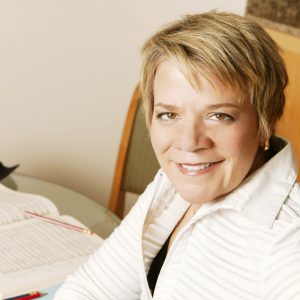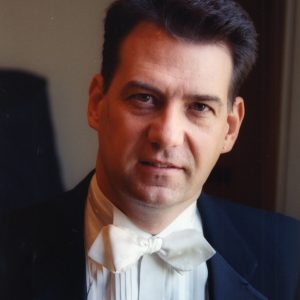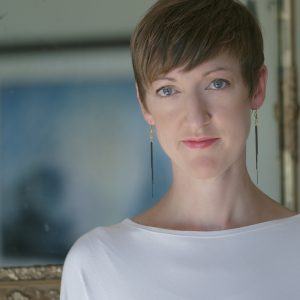
Marin Alsop
Marin Alsop is an inspiring and powerful voice in the international music scene, a music director of vision and distinction who passionately believes that music has the power to change lives.
Most good conducting programs have more applicants than they can handle, and this is also true of Peabody. Our conducting students work with a full orchestra, wind ensemble, or conductors’ choir which limits the number of students we can accommodate. Taken together, these two factors make the acceptance process highly competitive.
Our acceptance rate in conducting is only about one in seven. In general, successful candidates are those with a passion for conducting. While there are other legitimate reasons for getting a conducting degree (like getting a MM or DMA in “something or other” in order to qualify for college teaching) we are looking for students who have something exceptional to give to the ensemble of their choice. Students can tailor their program to emphasize orchestral, wind, vocal, or choral conducting. Peabody’s degree program focuses on Orchestral Conducting, Wind Conducting, and Choral Conducting.

Marin Alsop is an inspiring and powerful voice in the international music scene, a music director of vision and distinction who passionately believes that music has the power to change lives.

Harlan Parker has been the conductor of the Peabody Conservatory Wind Ensemble and coordinator of the music education division at the Peabody Conservatory of the Johns Hopkins University since the fall of 1990.

Noted for her “directorial command” and “technical expertise,” conductor Beth Willer is recognized as a bold, 21st-century artist with her finger on the pulse of the vocal ensemble art. Her commitment to expanding and deepening the repertoire for vocal ensembles through creative collaboration and culturally-relevant programming can be seen in her work with professional and student ensembles alike.